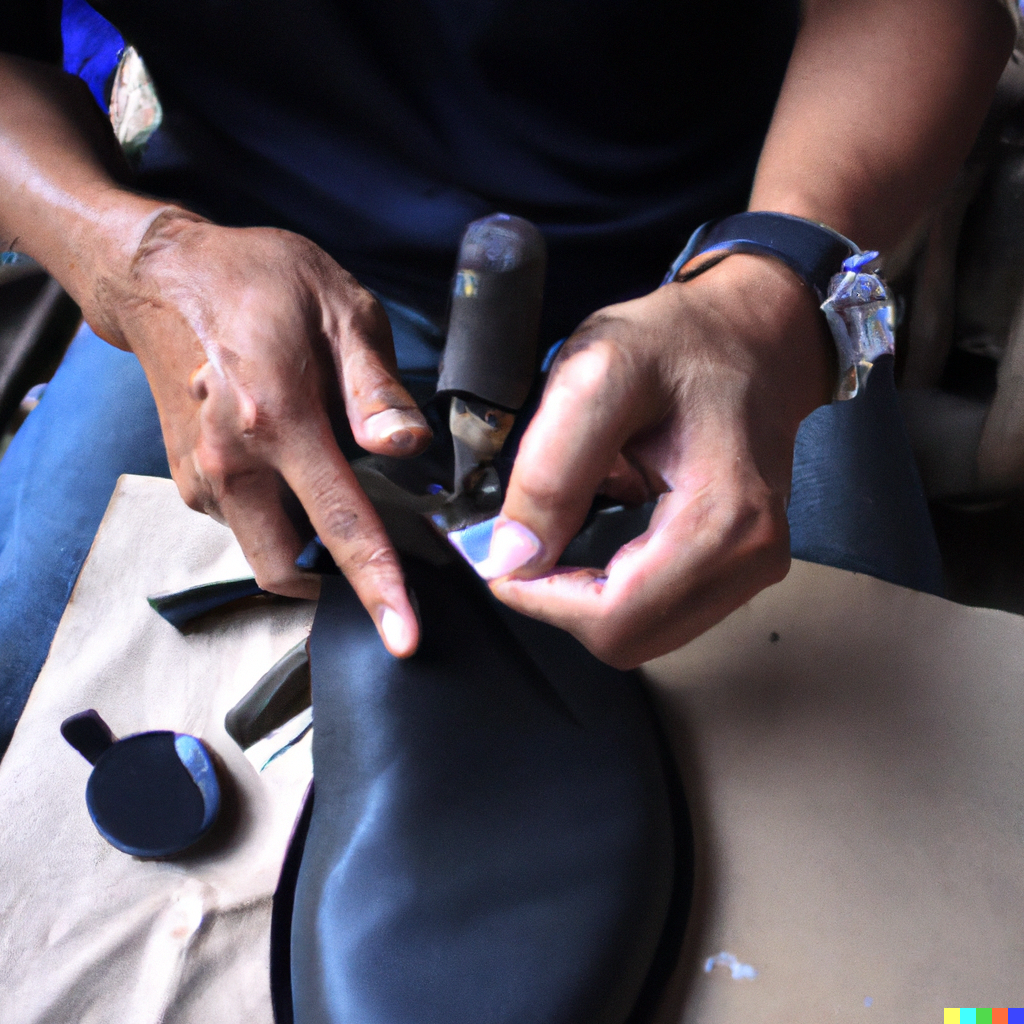Have you ever seen a pair of dress shoes with a clean line running up the back center of the sole? If so, chances are they were made with a method called Blake stitching. This traditional shoe construction technique has been around for centuries and it offers several distinct advantages compared to other methods. Let’s take an in-depth look at what exactly Blake stitching is and why it’s become so popular.
What is Blake Stitching?
Blake stitching is a type of shoe construction that involves attaching the sole directly to the upper portion of the shoe without any additional layers. The most common type of Blake stitch involves two rows of stitches running along the edge of the sole and then through both sides of the upper. This process creates a small pocket between the upper and sole, allowing for flexibility and comfort while still providing structural integrity.
Materials Used for Blake Stitching
The materials used for blake stitching are relatively simple. All you need is a upper material (typically leather or suede), a lining material (generally pigskin or cowhide), foam padding for cushioning, and rubber or synthetic soles with metal shank reinforcements. These materials come together to form the durable and lightweight structure that defines blake stitched shoes.
Advantages of Blake Stitching
The biggest advantage that Blake stitching has over other types of shoe construction is its ability to create lightweight shoes. With no extra layers, these shoes don’t require as much material, resulting in lighter shoes that are comfortable to wear all day long.
Additionally, since there are no extra layers, this type of construction allows more space in the toe box which can be beneficial for people with wider feet or higher instep heights. Finally, due to its simplicity and lack of added bulk, this method also results in a sleek look with minimal visible seams—perfect for dressier occasions!
Disadvantages of Blake Stitching
Despite its many advantages, there are some drawbacks to using this method as well. For starters, because there aren’t any extra layers between the upper and sole materials, these shoes tend to be less durable than those made with other methods such as Goodyear welted or cemented construction techniques. Additionally, since there are fewer layers between your foot and the ground, these shoes may not provide as much cushion or shock absorption as other options on the market.
Conclusion:
In summary, Blake stitching is an age-old shoe construction technique that has been used for centuries due to its lightweight design and sleek appearance. While it does offer some benefits such as more space in the toe box and minimal visible seams, it also comes with some drawbacks such as potential durability issues and less cushioning than other types of footwear constructions on the market today. Ultimately, whether or not you decide to go with this style will depend on your individual needs and preferences!




